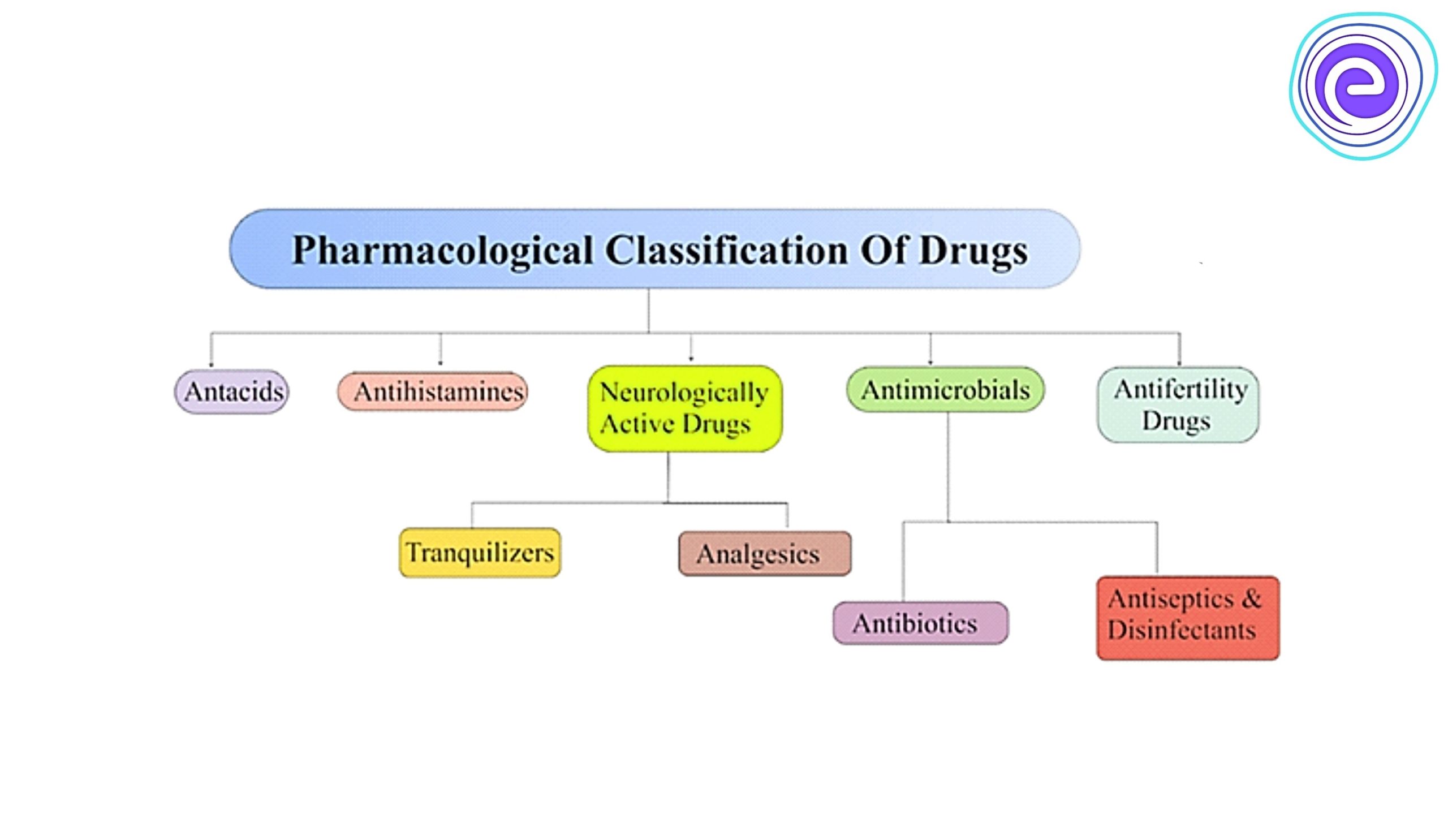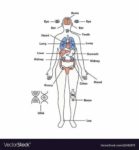Pharmacological Classification of Drugs
The pharmacological classification of drugs involves grouping medications based on similarities. This classification is crucial for ensuring safe drug use and maximizing benefits while minimizing risks. Here are the key aspects of this classification:
1. Mechanism of Action (MOA): This refers to how a drug causes specific biochemical changes in the body, also known as pharmacokinetics. For instance, an ACE inhibitor blocks an enzyme called angiotensin-converting enzyme (ACE) that causes blood vessels to narrow and blood pressure to increase.
2. Physiological Effect (PE): This is how an organsuch as your skin, brain, or digestive tractresponds to the drug, also known as pharmacodynamics. For example, an ACE inhibitor is classified as antihypertensive because it treats hypertension (high blood pressure) and a vasodilator because it dilates (widens) blood vessels, thereby lowering blood pressure.
3. Chemical Structure (CS): This is how the molecular makeup of a drug is uniquely structured. ACE inhibitors are so-named because they have a distinct molecular structure that directly inhibits ACE.
Not all drugs fit neatly into a single category. Some drugs are grouped together under one classification method but not another. Some have multiple classifications. For example, Lyrica (pregabalin) and Trileptal (oxcarbazepine) are both classified as anticonvulsants and can be used to treat epilepsy. At the same time, Lyrica can be classified as an analgesic and used to treat chronic nerve pain alongside antidepressant drugs like Cymbalta (duloxetine). Lyrica may also be used as an anxiolytic to treat social anxiety disorder (SAD) alongside antidepressants like Paxil (paroxetine).
Another example is finasteride, which is commonly used to treat enlarged prostate (under the brand name Proscar) and regrow hair (under the brand name Propecia). Though classified differently, the two drugs only differ in their doses (5 milligrams for Proscar and 1 milligram for Propecia).
The classification of drugs is not just limited to these three attributes. There are other ways to classify drugs, such as by their therapeutic use or their potential for misuse. For instance, drugs.com provides an extensive list of drug classes, including in vivo diagnostic biologicals, inhaled anti-infectives, inhaled corticosteroids, inotropic agents, insulin-like growth factors, and many more.
In conclusion, the pharmacological classification of drugs is a complex process that takes into account various factors, including the drug’s mechanism of action, physiological effect, and chemical structure. This classification system is crucial for ensuring the safe and effective use of drugs.


